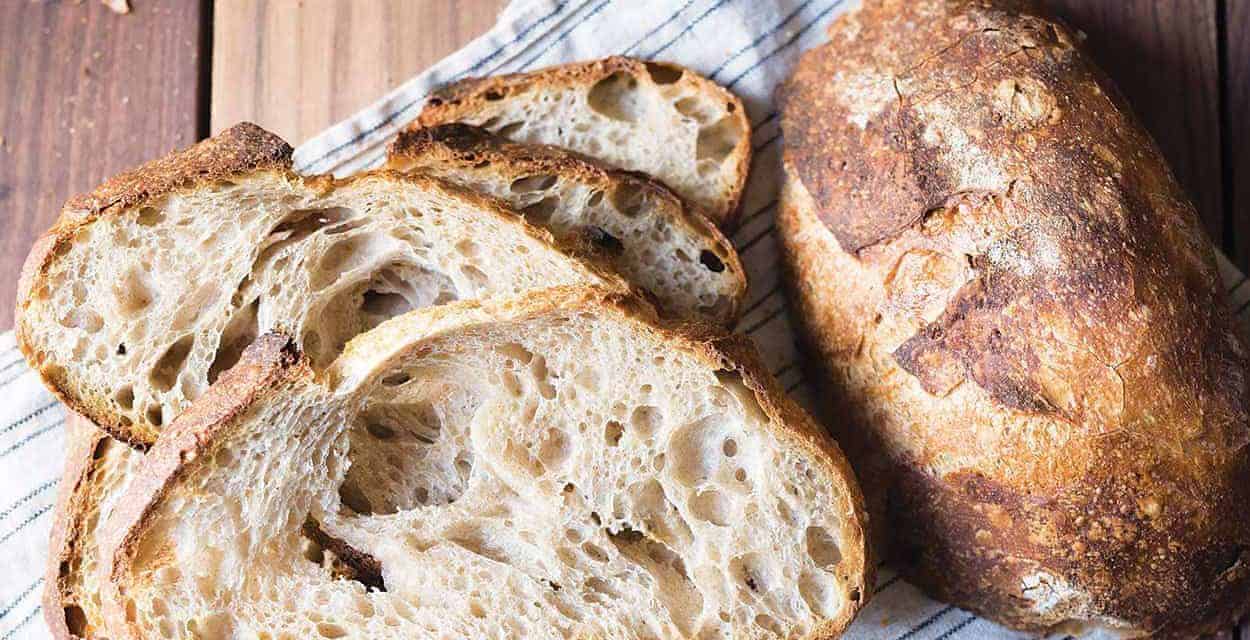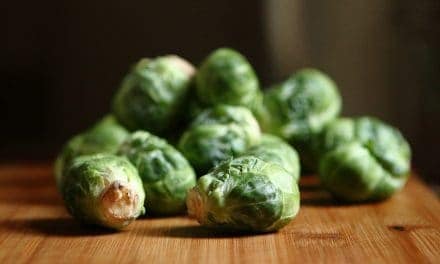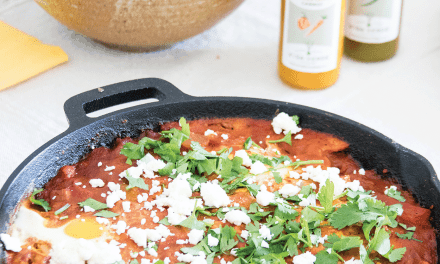Story and photos by Maurizio Leo

Your sourdough starter is the cornerstone of great bread. When your starter is mature each day is the optimal time to make what’s called a leaven—an offshoot of your starter that’s used in a single bake. Learn how to create your own sourdough starter.
Leaven Ingredients
- 40 grams mature liquid sourdough starter
- 40 grams whole wheat flour
- 40 grams unbleached all-purpose flour
- 80 grams water at room temperature
Dough Ingredients
- 750 grams unbleached all-purpose flour
- 110 grams whole wheat flour
- 50 grams whole rye flour
- 690 grams water, warmed to 90°F
- 18 grams fine sea salt
- 185 grams mature leaven
Method
8:00am: Mix together the leaven ingredients in a clean jar and store somewhere around 74–76ºF ambient temperature for 5–6 hours.
12:00pm: Mix by hand all flour for the dough and 640 grams water in a bowl until all dry bits are incorporated. Cover the bowl and store somewhere warm, around 75ºF, for 1 hour.
1:00pm: Add your mature leaven, the reserved water, and salt to the mixing bowl. Mix with your hands until everything is incorporated and the dough comes together.
1:10pm to 5:00pm: Transfer the dough to a large container for the first rise (bulk fermentation). This step will take around 4 hours if the dough is kept between 75ºF and 80ºF. Starting at 1:40pm, perform 3 sets of stretch and folds, spaced out by 30 minutes. For each set: uncover your dough, grab the dough at one side, then stretch up and over to the other side. Do this stretch and fold at the north, south, east, and west sides. Cover the bowl and let rest until the next set. When finished with the third set, let the dough rest until 5:00pm.
5:00pm: Flour your work surface and dump the dough onto it. Use a bench knife to divide the dough into two halves. Using floured hands and the bench knife, turn each half on the counter while gently pulling the dough towards you. This turning and pulling motion will develop tension on the top of the dough, forming a round. Let rest on the counter for 30 minutes.
5:30pm: Flour the top of the dough and the work surface. Working with one at a time, flip the round so the floured top is now down on the work surface. Using two floured hands, grab the bottom of the round and stretch it gently up and over, about 2/3 the way to the top. Then, grab the left and right sides of the dough and stretch them away from each other, then fold one side over toward the other and repeat with the other side. Then, grab the top of the package, stretch it away from your body, and fold down and over, all the way to the bottom of the remaining dough. Place the dough, seam-side up, in a bowl or proofing basket lined with a clean kitchen towel.
Overnight: Cover the baskets loosely with plastic to prevent the dough from drying out. Place the bowls in the refrigerator to rest overnight.
8:30am the next day: The easiest way to create the right, steamy environment for baking bread in a home oven is to use an oven-safe household dutch oven with lid. Preheat the oven to 500ºF and heat with a dutch oven inside for 1 hour. At 9:30am, carefully take out the dutch oven and drop the proofed dough inside, seam-side down. Using a knife or scissors, cut the top of the dough slightly to allow it to expand when baking. Cover the dutch oven and place it back into the oven. Bake for 20 minutes at 475ºF. Then remove the lid and turn the oven down to 450ºF. Bake for 25–35 minutes, until the internal temperature of the loaf is above 208ºF. Let cool at least one hour on a wire rack.

Edible celebrates New Mexico's food culture, season by season. We believe that knowing where our food comes from is a powerful thing. With our high-quality, aesthetically pleasing and informative publication, we inspire readers to support and celebrate the growers, producers, chefs, beverage and food artisans, and other food professionals in our community.












